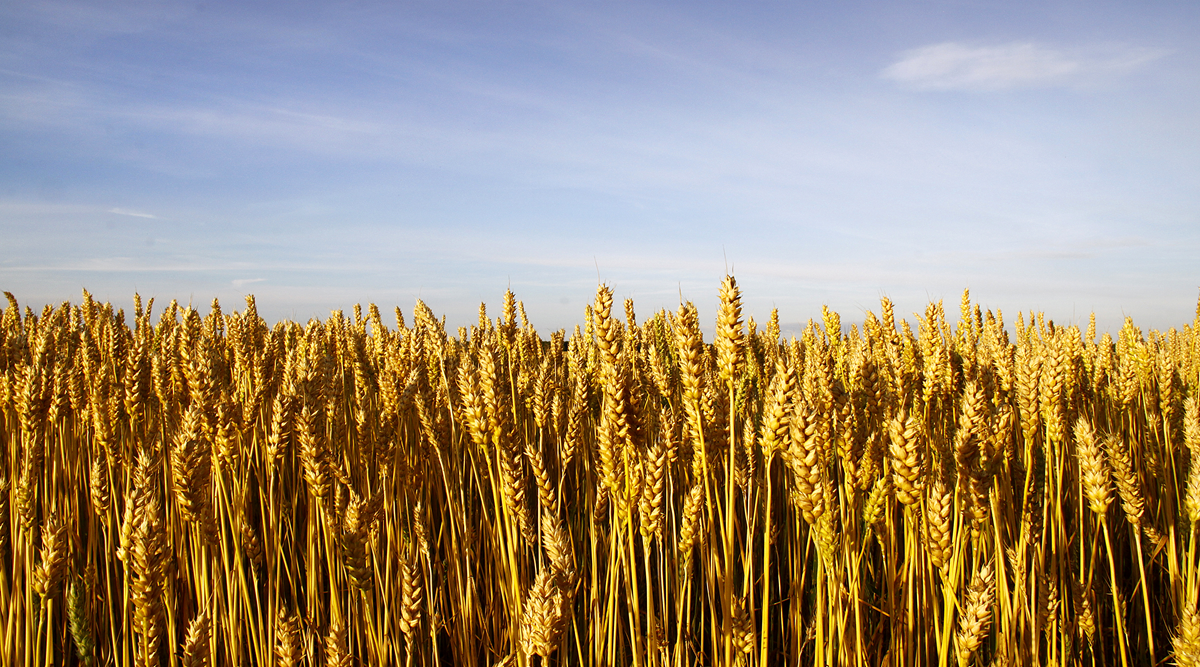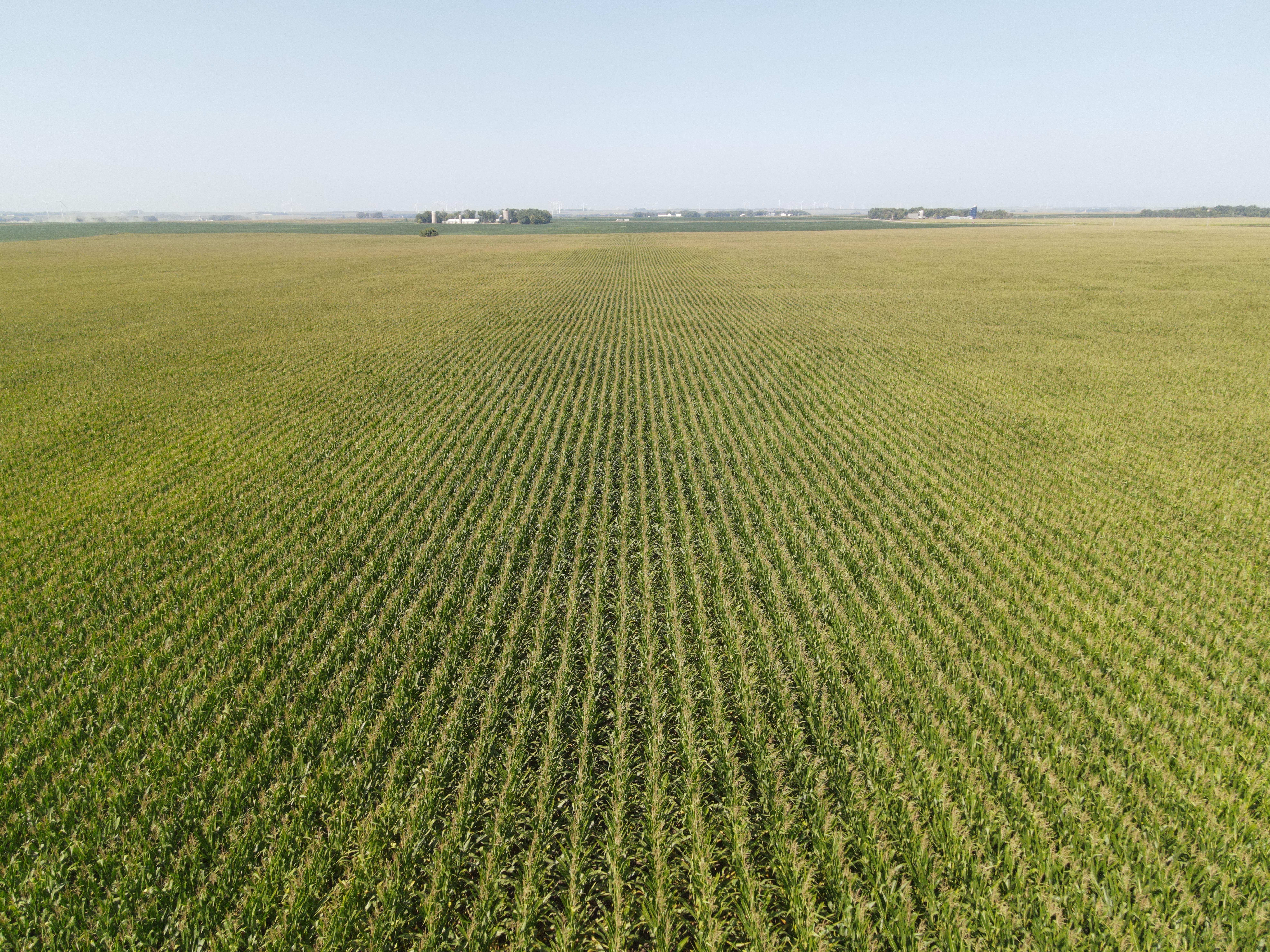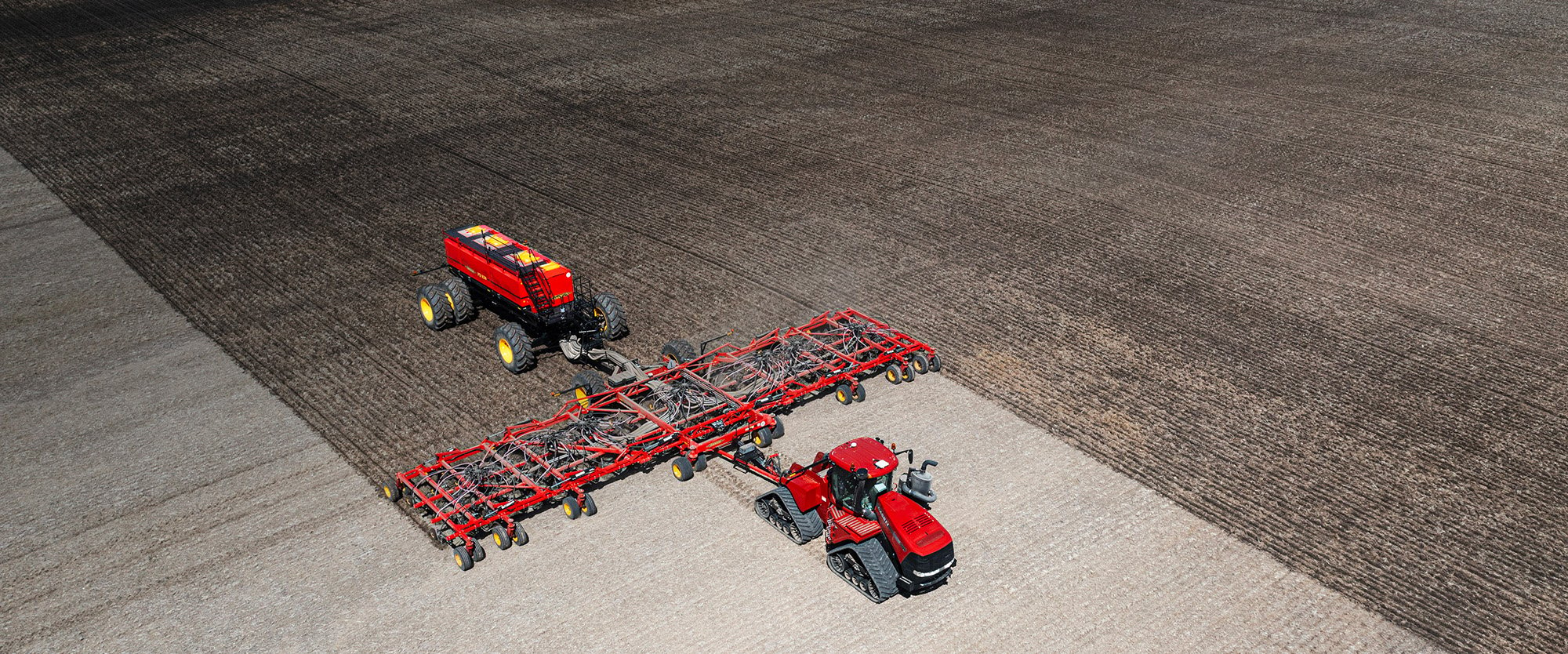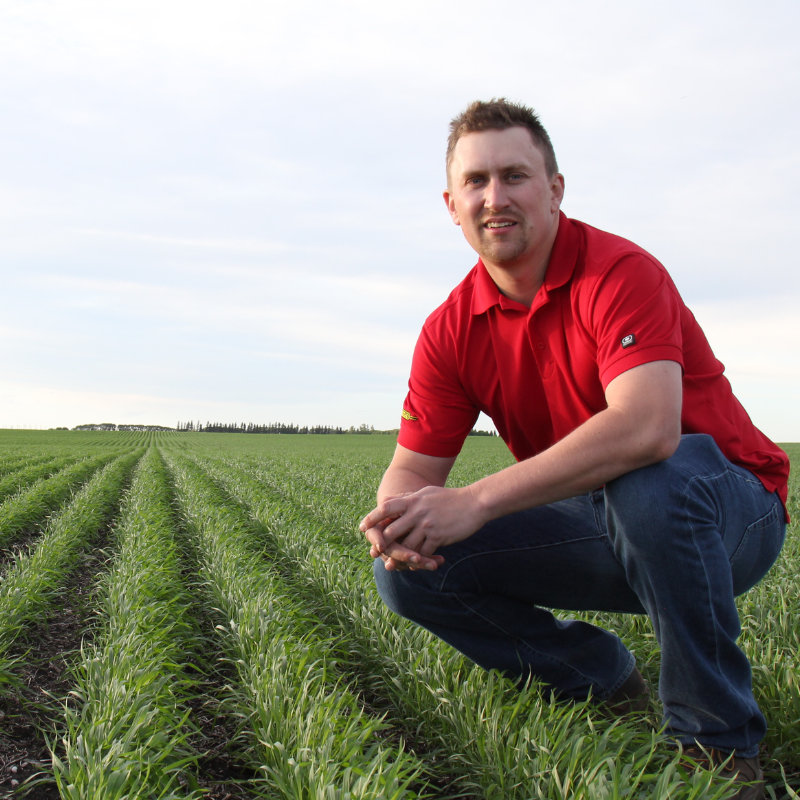Quick Growth and Maturity to Beat the Frost

As crops mature, early frost risk increases. Precise seed and fertilizer placement in spring promotes faster germination and development, helping crops reach maturity before freezing temperatures. This reduces potential yield and quality losses, especially in sensitive crops like wheat and corn.
As the days grow shorter and leaves begin to turn, cooler temperatures return. The further crop development extends into the season, the greater the risk of damage from early frost. While many factors influence crop progression, facilitating earlier germination and emergence through precise seed and fertilizer placement during spring planting helps reduce this risk.

Each crop has a physiological maturity stage beyond which freezing temperatures no longer affect yield or quality. Before reaching this stage, frost events can cause significant losses by impeding seed development. For example, freezing temperatures can lead to shriveled kernels and reduced test weight in wheat and corn. Grain handling facilities enforce strict quality standards, and frost damage can severely impact a farm’s bottom line.
Placing fertilizer close—but safely—from the seed allows early nutrient access, promoting quicker germination, emergence, and development. Strong root growth from consistent nutrient availability throughout the season also supports earlier maturity. Managing fall frost risk begins in the spring, making precise planting practices a key part of a successful crop year.

Seed Hawk Air Seeders
Väderstad Air Seeders deliver unparalleled accuracy in all soil conditions. The Seed Hawk Air Drill + Precision Delivery Air Carts combine precision, capacity and flexibility, allowing the grower to use it to its full potential for their specific growing needs. The innovative Seed Hawk Air Seeder delivers exceptional seed and fertilizer placement in one pass. The result is quick, uniform crop emergence, better quality and higher yields for a better return on investment on your farm.
